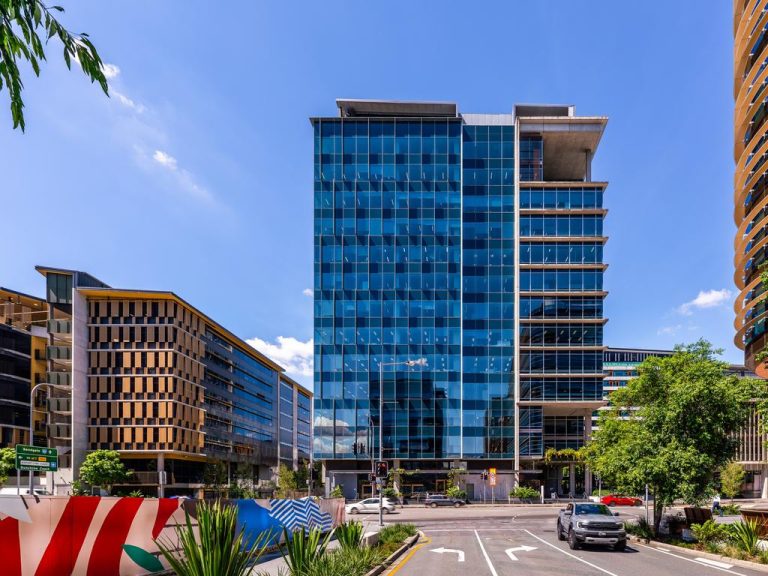Big Data set to change the face of building management

It won’t be long before you’re using a smartphone to adjust your own lighting and temperature within an office building. And that’s just the beginning.
Big Data and the plethora of mobile devices used within workplaces will soon have a profound impact on the way buildings are managed, JLL’s director of corporate solutions Rajiv Nagrath says.
Mobile phones, computers and tablet devices will all have a huge role to play in providing information that can be fed back into a building’s management system to allow a commercial building to be managed more effectively.
Ahead of the curve: Green gong for company with head in the cloud
Nagrath says the ‘Internet of Things’ (the name given to the huge network of electronic devices that are connected to the internet) will soon be a key driver in companies’ ability to cut costs and increase productivity within their buildings.
Individuals will be able to set their own lighting and space temperature preferences all via an app on their smart phone
“Hundreds of thousands of these IOT devices will be located in commercial buildings, constantly creating huge volumes of data points to make sense of managing the buildings efficiently and effectively,” Nagrath says.
“Various sensors, controllers and other IOT enabled devices will revolutionise how buildings operate and make the truly ‘intelligent building’.”

Our phones will become an important part of a building’s management system.
“Most modern buildings today are already provisioned with such advanced devices and technologies, having about 5000 to 10,000 points connected to the Building Management System – already a high number of devices that act together and a large volume of data that needs to be collected, analysed and acted upon.”
“If we have the right analytic tools, Big Data offers us the chance to find the patterns and identify the correlations and causes of malfunction.”
Nagrath says the level of control that individual employees could soon have over their own office environment will change the way we work forever.
Our experience is that in most buildings you can improve sustainability and save 10-15% in energy costs once you connect it to a command centre
“Where once we had a simple passive infrared sensor detector switching off the lights in a meeting room, we will have situations where all of the lights will have a movement detector and each light fitting will be addressable,” he says.
“Workplace models are shifting towards increasing choice and flexibility, which not only means changes for the staff, but also for the building owners and managers. One key shift the Internet of Things will have on facilities management will be the integral role Wi-Fi will play in controlling the office environment, and the intimate level of control each individual could have over their immediate space and surroundings.”

Billions of electronic devices could provide information to be used to manage buildings.
“Individuals will be able to set their own lighting and space temperature preferences all via an app on their smart phone. This will add another layer of complexity for facilities management previously not witnessed in the commercial property sector.”
Nagrath says there has also been a shift towards incorporating central monitoring systems for multiple buildings, rather than monitoring performance at an individual site level; a change that has delivered significant savings to large-scale commercial operations.
“It is much more efficient to channel all of the information from those systems back to a central 24/7 command centre to monitor, analyse performance and detect failures and anomalies,” he says.
“Command centres increase efficiencies because they can monitor many buildings, staff can conduct in-depth analysis, and it can leverage powerful software to run algorithms over a huge amount of data.”
“Our experience is that in most buildings you can improve sustainability and save 10-15% in energy costs once you connect it to a command centre.”







